I’ve decided to revisit GM sound modules. GM sound was introduced in 1991 and contributed greatly to music programming, gaming, karaoke, and more. However, by the 2000s, it gradually faded into obscurity and is now largely forgotten. Even so, for those using DAWs, learning about GM sound modules can still be quite useful. Therefore, I’d like to write a series on the topic.
In this post, I’ll provide an overview of GM sound. I’ve also made a brief demo using the TTS-1, a GM sound module from 20 years ago, to cover some classical, jazz, and rock. Considering it’s an old sound module, I think it holds up well. I used external effects like reverb and amp simulators for the distorted guitar.
What is GM Sound?
GM (General MIDI) is a standard developed with a focus on MIDI sound compatibility. It was established in 1991 by a group of instrument manufacturers. Products featuring the GM logo are GM-compliant sound modules, but many modern products no longer carry this logo. GM sound modules are multi-timbered, meaning they can play 16 parts simultaneously, allowing for orchestral music and similar compositions to be reproduced realistically. The standard specifies 128 melody instrument sounds and a drum kit, so any GM sound module will play the same MIDI data the same way. Although each manufacturer’s version may differ slightly, that’s part of the fun in exploring them.

Due to the nature of GM sound modules using real instruments, most of them are based on sampling (PCM), where real instrument sounds are recorded and mapped to the keyboard. However, the standard doesn’t restrict sound synthesis methods, so it’s possible to create GM sound modules using FM synthesis as well.
There is a format for MIDI data called Standard MIDI File (SMF), which is often used with GM sound modules. SMF files will play the same way on any GM sound module.
In 1999, GM2, an extension of GM sound, was established. To distinguish it from the earlier GM sound, it’s also referred to as Level 1 and Level 2. GM2 added more instrument sounds and enabled editing, but due to the rise of compressed audio formats and the decreasing cost of storage media, it didn’t become widespread for uses like gaming. Many of the hardware products sold today still adhere to the original GM Level 1 standard.
The Lineage of GM Sound
Originally created as a hardware sound source in 1991, the early GM sound source became famous through Roland’s Sound Canvas Series.

While it was developed for music programming purposes, it was also widely used as a sound source for video games. Before this, most computer games used the built-in FM sound of the computer, but starting from the mid-1990s, the industry shifted to GM sound sources integrated into sound cards. Technically, SoundFont, developed by E-MU, was used. The reason why games from this era used MIDI data instead of audio data was due to the need to minimize data size. Memory and storage media were expensive, so the data had to be as small as possible.
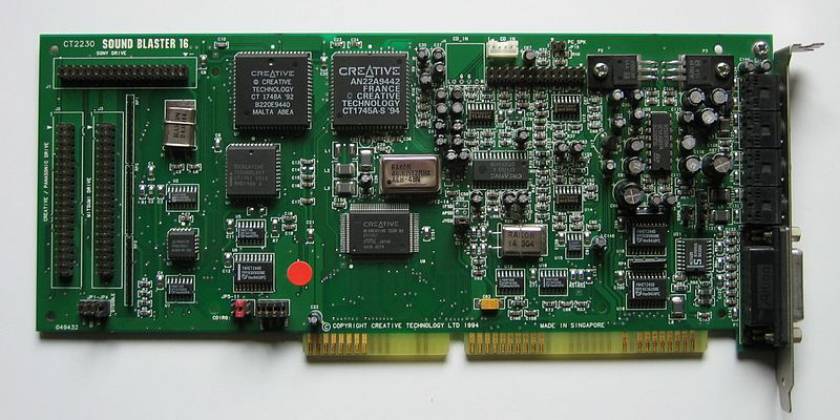
In the late 1990s, the software version of GM sound became more common. Windows 98, for example, came with Microsoft GS Wavetable SW Synth, a Roland-made GM-compatible sound source. This feature continued for a long time and remains available on Windows 11. However, the sound quality is minimal, and without effects, it can’t be considered a high-quality source for listening enjoyment. The sound source file itself can be found in the following location.
C:\Windows\System32\drivers\gm.dls
Currently, the free DAW Cakewalk includes a DXi plugin called TTS-1 (2003), which is a Roland-made GM2 sound source. In this column, I’ve created audio samples using TTS-1, including videos. Although it is a sound source from around 20 years ago, I believe it offers a balanced and user-friendly GM sound.
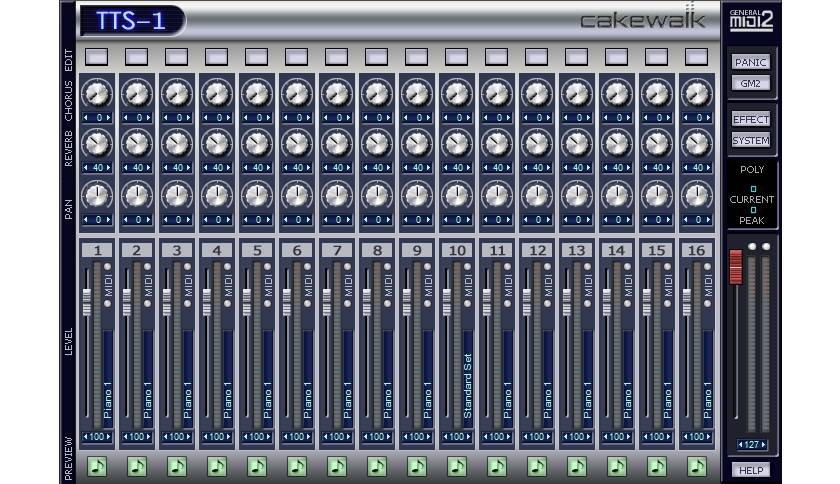
Additionally, other DAWs can use SoundFonts to access GM sound sources for free. I’ll cover the SoundFont format, developed by E-MU, at another time.
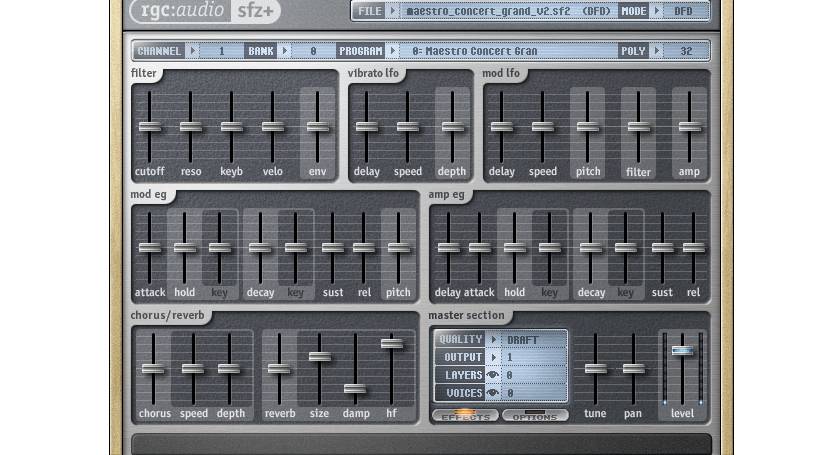
Paid GM sound plugins currently available include Roland Cloud’s Sound Canvas VA (VST/AU/AAX). It appears to emulate Roland’s classic SC Series.

In terms of hardware, there are still models, like digital pianos and workstation keyboards, that come with GM sound sources. In these cases, the inclusion of GM sound is usually something you only realize after checking the manual, and it is often treated as a secondary feature. The era of promoting GM sound sources has long since passed.
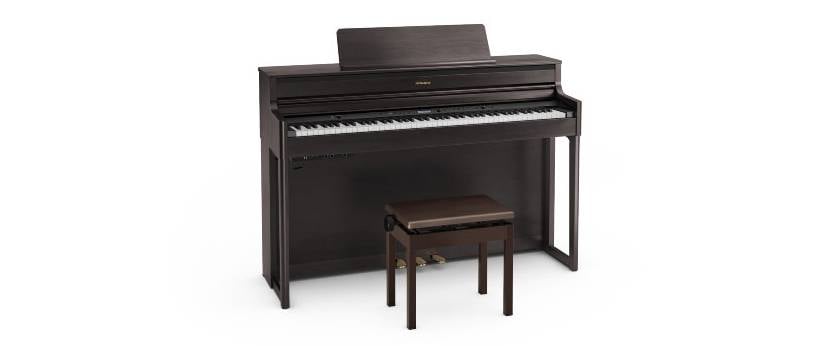
Upon researching current instruments equipped with GM sound sources, I found that the German company Miditech has been selling mini keyboards and GM sound modules that feature the traditional GM sound.
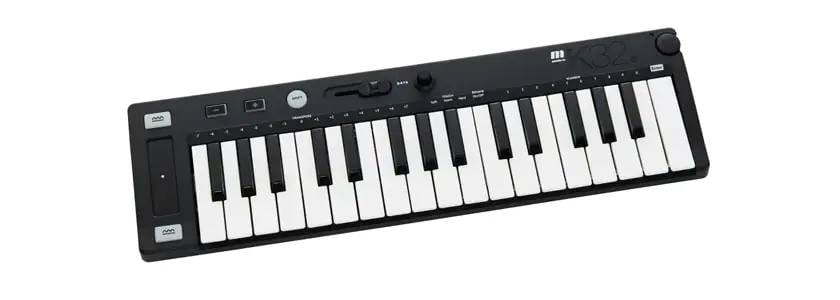
The sound source chip used is likely the SAM2695 from the French company Dream, which complies with GM Level 1. This chip also includes an analog audio input, making it suitable for karaoke-style applications.

Since the 1990s, GM sound sources have continued to be used in karaoke equipment. While it is technically an expanded version of the GM sound source, it can still be categorized under GM sound. In karaoke, GM is useful for features like key changes and the small size of song data, which makes it easier to transmit via communication. With the increase in processing power, real-time pitch shifting is now possible with audio data. Furthermore, with faster communication speeds, the issue of data size has been eliminated. Despite this, production still revolves around GM sound sources, combining them with some audio data to create richer sounds. In terms of production cost and speed, GM-based
Is GM Sound Source Necessary in Modern Music Production?
As outlined in the previous sections, GM sound sources have been widely adopted and eventually faded in popularity. Nowadays, the need to reduce file sizes has decreased, and the unique features of GM sound are no longer considered special. For listening purposes, GM sound sources are no longer essential.
However, for music producers, GM sound sources still hold appeal. Especially for beginners, starting with GM sound offers the following advantages:
Covering Many Genres with Just One GM Sound Source
GM sound sources come with a wide range of key instrument sounds for various genres. Additionally, since it supports 16-part simultaneous performance, it can even recreate orchestras. The sounds are designed with ensemble performance in mind, which makes it easier to achieve balance. In ensembles with fewer instruments, the lack of expressive power in a single sound can become more noticeable, but with some skill, this can be compensated for. Rather than focusing on the quality of each individual sound, the real strength of GM sound is the ability to quickly create an ensemble. This makes it extremely useful for sketching musical ideas.
Learning a Broad Range of Instruments and Music with GM Sound Sources
Simply pressing keys on a MIDI keyboard to play GM sounds won’t deepen your understanding of each instrument’s timbre. To truly grasp each sound, you need to understand the original instrument it represents. Knowing the instrument’s structure, playing techniques, range, and how it’s used in various genres allows you to express it appropriately and unlock the full potential of the sound source. On the other hand, even with a high-quality sound source, without sufficient knowledge of how to use it, its true capabilities won’t shine. With a sound source of decent quality, the user’s expertise can often make it sound much better than expected.
Although GM sound sources, even at Level 1, appear to offer a vast array of 128 sounds plus drum kits, in reality, they consist of a minimal set of the most commonly used instruments. By understanding this set, you can quickly learn the key instruments across various genres. Additionally, because GM sound sources don't allow for fine-tuned adjustments, it’s not possible to deeply customize the sounds. However, this is not a disadvantage—it actually serves as an advantage for quickly and broadly learning music.
Becoming a Multi-Instrumentalist
Many people who use DAWs tend to specialize in a particular instrument, and they may not be as familiar with other instruments. However, when composing or arranging music, simply knowing one instrument isn't enough, and it used to be necessary to become a multi-instrumentalist. With the advent of GM sound sources, the barrier to this has significantly lowered. Yet, over time, GM sound sources have been somewhat forgotten. Nowadays, thanks to DAWs making music production easier, using GM sound sources to become a ‘pseudo-multi-instrumentalist’ offers significant benefits.
GM sound sources come with a variety of tones, and each sound carries its own history and culture. Learning about this while enjoying the GM sound source is a highly meaningful experience.
Next time, I will explain the different sounds of GM sound sources.
The “sound & person” column is made up of contributions from you.
For details about contributing, click here.











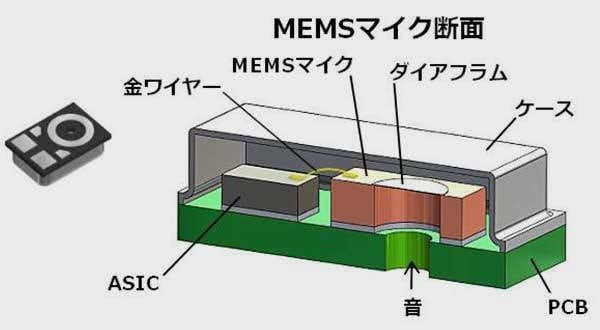
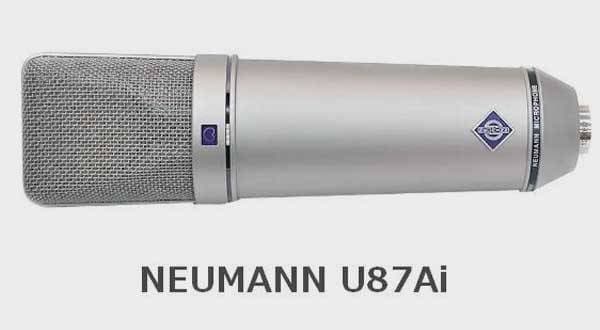
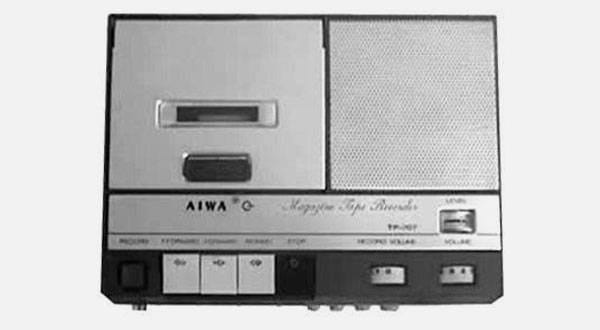

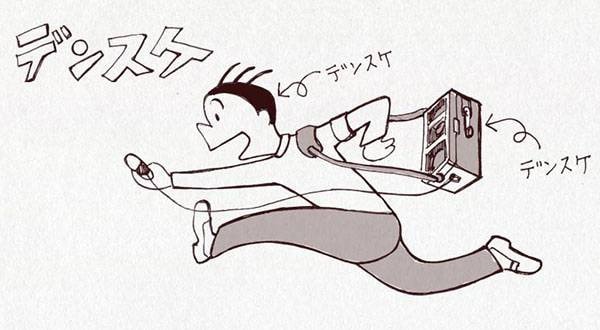
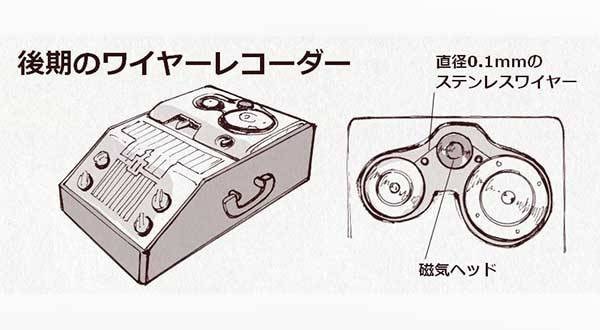
 定番DAWソフトウェア CUBASE
定番DAWソフトウェア CUBASE
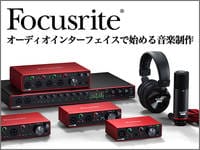 Focusriteオーディオインターフェイスで始める音楽制作
Focusriteオーディオインターフェイスで始める音楽制作
 DTM対談 kors k × かめりあ × Hommarju
DTM対談 kors k × かめりあ × Hommarju
 DTMセール情報まとめ
DTMセール情報まとめ
 ドラム音源に最適なMIDIパッド・コントローラー
ドラム音源に最適なMIDIパッド・コントローラー
 DTM・DAW購入ガイド
DTM・DAW購入ガイド















